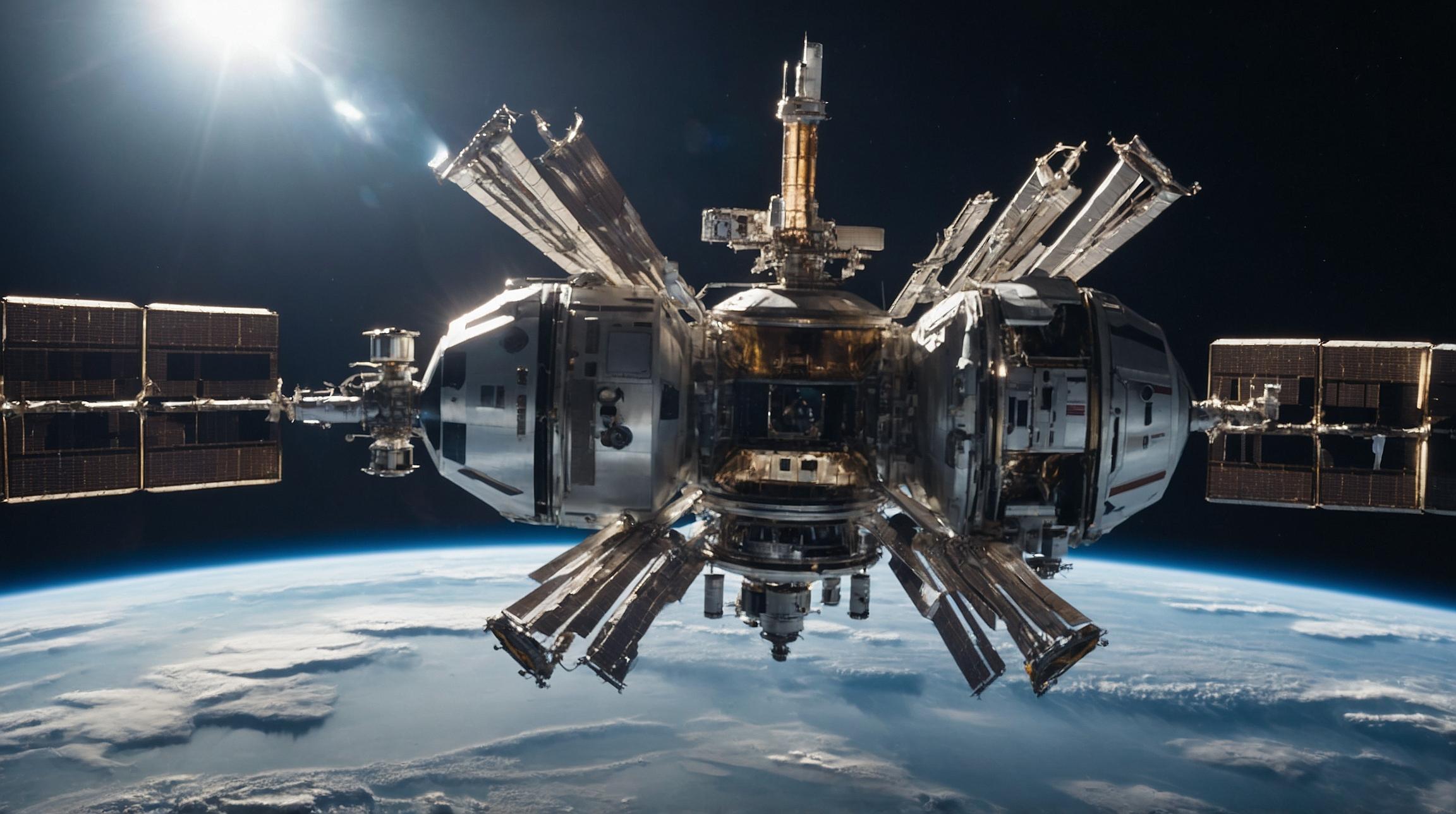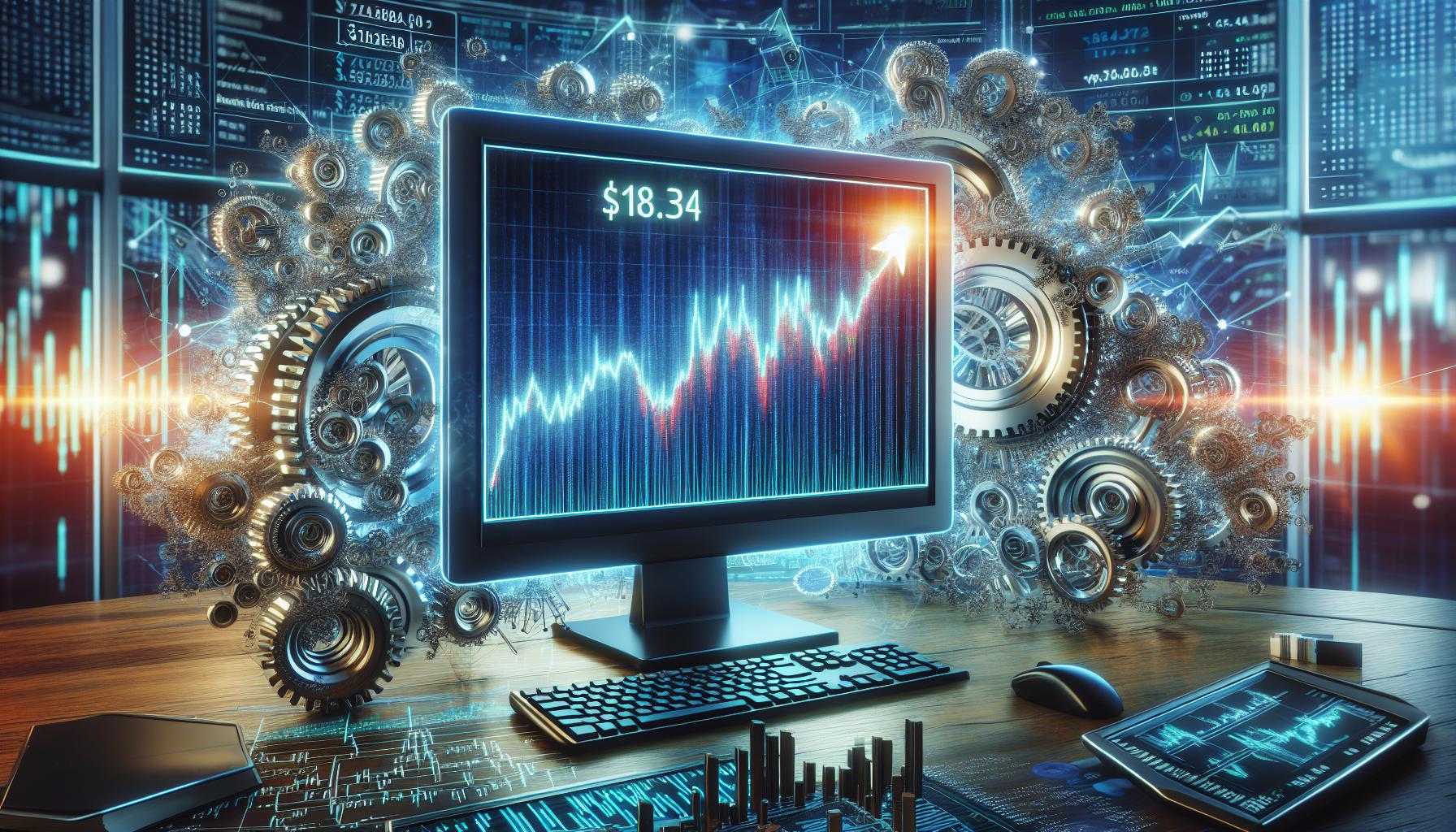NASA Delays Boeing Starliner's Return for More Technical Checks
NASA has announced another delay for the Boeing Starliner's return to Earth from the International Space Station (ISS). This mission was supposed to be an important test with real astronauts on board. NASA has not set a new return date yet, making people curious about when the two astronauts can come back safely.
"Mission managers are looking at future return chances," said NASA in a statement. They need to consider two planned spacewalks on June 24 and July 2. The U.S. astronauts, Butch Wilmore and Suni Williams, launched on June 5 to demonstrate the Starliner spacecraft. This mission aims to get the routine flight certification from NASA.
"We are taking our time to follow our usual process," said Steve Stich, NASA's commercial crew program manager. He added that the Starliner is working well while attached to the space station and that the extra time for checks will provide "valuable insight" for system upgrades in future missions.
What Has Gone Wrong
The Starliner has faced multiple issues:
- Five of its 28 maneuvering thrusters (devices that help control spacecraft movement) had failures.
- Five helium gas leaks, which is used to pressurize those thrusters.
- A slow-moving propellant valve (a part that controls fuel flow) showing past problems are not fully fixed.
These problems make it uncertain when the Starliner crew will be able to safely return on their six-hour journey home. This adds to the overall challenges faced by the program.
Specific Problems
When Starliner tried to dock at the space station on June 6, the five failing thrusters made it hard to get close. Boeing fixed this by updating the software and adjusting some procedures, allowing the spacecraft to dock. For the return journey, officials want to understand why these issues happened.
In Starliner's current flight, just one thruster is not working, but four thrusters had problems during its uncrewed return from space in 2022. Rules by Boeing and NASA require that the maneuvering thrusters must allow for "six degrees of freedom of control" at a minimum. This means the spacecraft should move in all directions properly, needing at least 12 out of 28 thrusters, most of which are backups, for safe flight.
Examples and Terminology Explanation
Maneuvering Thrusters: These are small engines on a spacecraft that help it change direction or position. Imagine them as the tiny paddles on the sides of a boat that helps you steer.
Helium Gas Leaks: Helium is a gas used to pressurize fuel tanks to ensure the fuel flows correctly. It's like having air pressure in a can of hairspray; without it, the spray would not come out properly.
Propellant Valve: This is a mechanism that controls the flow of fuel to the thrusters. Think of it as a faucet; if the valve is slow or stuck, the water flow becomes sluggish or stops.
NASA and Boeing will continue their checks to ensure all systems work perfectly before scheduling a safe return for the astronauts.
This simplified rewrite helps to understand the technical issues without being too overwhelming. The bold keywords and phrases highlight important parts, making it easy to identify the key points.













